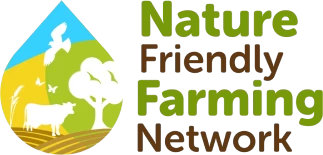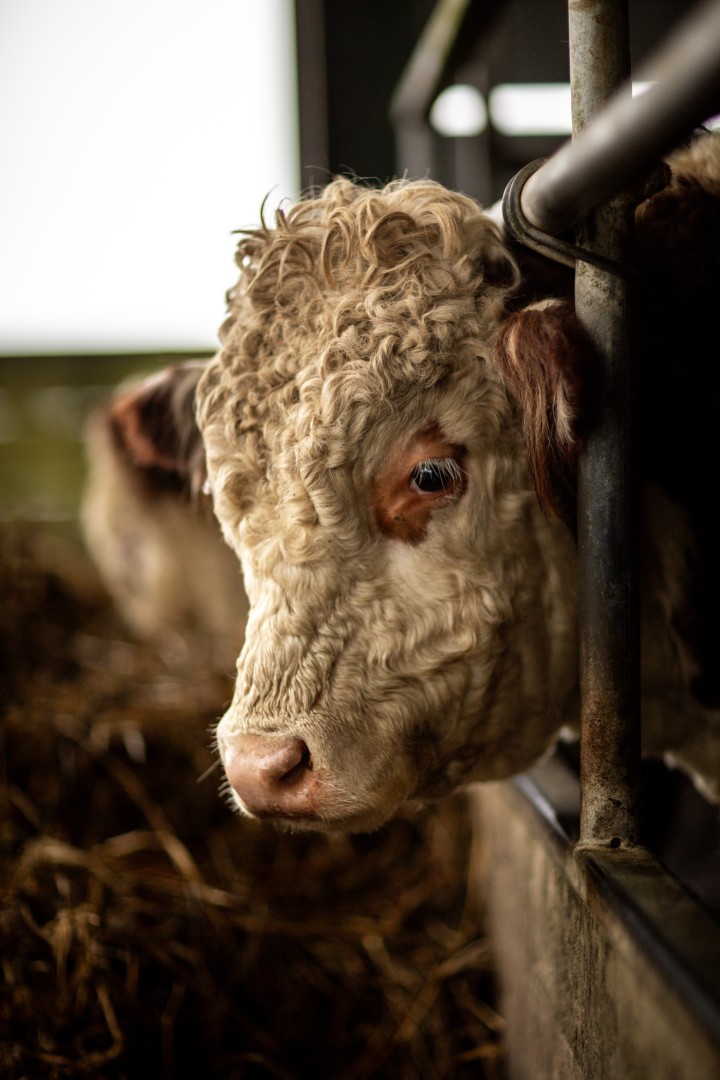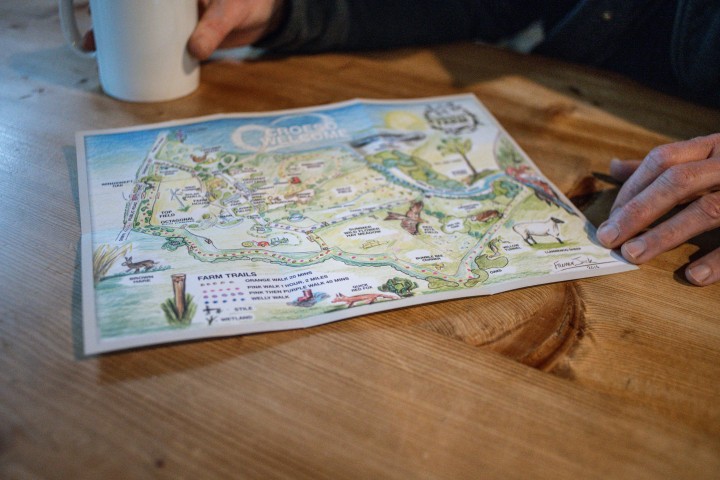The first three years taught him an important lesson about the process of converting highly-improved land back to something more natural. “When the use of herbicides was withdrawn, there was an explosion in dock. But then there was also an explosion in the population of dock beetles whose larvae eat the dock leaves. After three years, it reached more of an equilibrium. The docks were still there but in no way dominating the pasture. I saw the natural cycle of the land rebalancing,” he says.
“You do get a drop in the production from the land for the first two to three years, but then with the right methods like rotational grazing, clover and the targeted use of animal manure, you see a gradual rebalancing and increase in soil fertility.”
A turning point for Jack came in 2012 when torrential summer rain left him and other farmers scrabbling around for forage amid a serious shortage. Realising he had too many animals for the land, he cut back livestock numbers to ensure he would never be in such a position again.
Treberfedd now spans 140 acres across two sites, with a mixture of grasslands, old and new woodlands, hay meadows and wetlands. The farm has a 70-strong suckler herd of Hereford cattle and 60 Llanwenog ewes. The cows are let out of the indoor sheds and put on a rotational grazing system at the end of March, with calving in spring. The cattle move every seven days or so with the sheep following them. Between 30% and 40% of the fields are closed off for hay or silage, while a couple of fields are set aside for hay meadow restoration and are cut after mid-July, with the plants setting seed to produce habitat for wildflowers and pollinating insects as well as a mineral-rich feed for the cattle and sheep. There are also a small flock of chickens for egg production, which takes Jack full circle to keep the birds as a boy at home in the garden.





